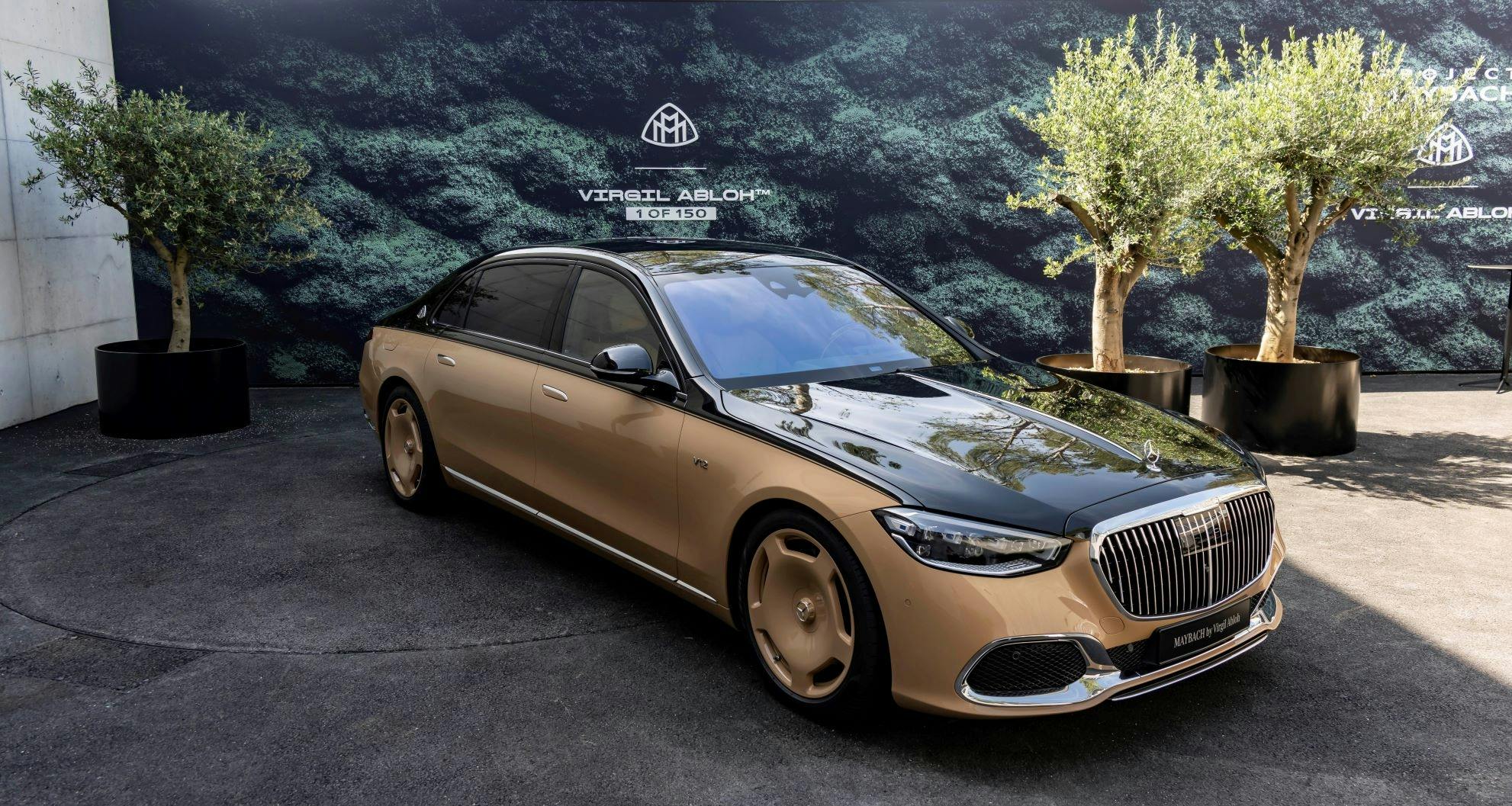Mercedes-Benz has announced its lineup will be broken down into three different categories as it aims to be the most valuable luxury car brand in the world. The three categories are top-end luxury, core luxury, and entry luxury with the first two getting 75% of the company’s investments. It also aims to grow the sales of top-end luxury vehicles by roughly 60% through 2026 versus 2019.
“What has always been the core of our brand is now also the core of our strategy: The luxury segment. We are further sharpening the focus of our business model and product portfolio in order to maximize the potential of Mercedes-Benz even in challenging conditions. At the heart of that is our goal to build the world’s most desirable cars,” said Ola Källenius, chairman of the Board of Management at Mercedes-Benz Group AG.
The top-end luxury vehicles according to Mercedes-Benz will include all AMG and Maybach models, the EQS, EQS SUV, S-Class, G-Class, and GLS-Class. This means cars and SUVs underpinned by the upcoming AMG.EA architecture will be in this category and will use all of the components previewed in the Vision AMG Concept. The first Maybach-badged electrified vehicles will also be in this in the form of the EQS SUV and the SL roadster, the latter of which could get the plug-in hybrid powertrain from the GT 63 S E Performance. The long-awaited fully electric G-Class, likely wearing the EQG badge will also be considered a top-end luxury vehicle. It will be the first Mercedes-Benz vehicle to offer advanced battery cell chemistry from Sila Nanotechnologies.
Limited edition and exclusive collaborations will also be part of the top-end luxury bracket for Mercedes-Benz vehicles. A new program for ultra-exclusive cars called the Mythos Series will be made in extremely small numbers and offered only to the most dedicated Mercedes-Benz enthusiasts and collectors.
The core luxury segment will mainly consist of the C-Class and E-Class cars and SUVs, the highest volume vehicles that Mercedes-Benz sells. That includes vehicles like the EQE sedan and EQE SUV, both of which use the same EVA2 architecture as the EQS and EQS SUV. They’ll be followed by battery-electric vehicles on Mercedes’ upcoming MB.EA platform. One of the vehicles that will frame the direction of this bracket is the next-generation E-Class, which will have varying levels of electrification from a 48-volt EQ Boost mild hybrid to a plug-in hybrid.
For the Chinese market, more vehicles based on the EVA2 platform will be added and designed specifically for that region.
Finally, you have the entry luxury segment, which will shrink from seven to four vehicles. The first of these models arrive in 2024 underpinned by a new platform called MMA and features the MB. OS operating system. Mercedes didn’t outline what types of vehicles they’ll be releasing but we’re suspecting they’re mainly crossovers and maybe one sedan.
In addition to changing how they categorize their vehicles, Mercedes-Benz is also simplifying configurations to cut costs. Customers can pick from several optional packages based on preferences and regional demands. This simplifies and speeds ups online configurations while reducing complexity and improving availability. Mercedes also expects the new packaging strategy to have a positive effect on residual values because base variants will have more standard equipment.

